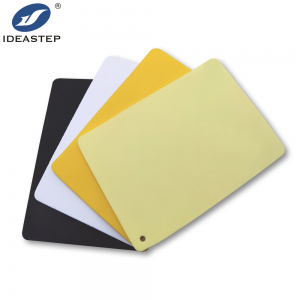
Common materials used for insoles include:
1. EVA (Ethylene Vinyl Acetate)
EVA is a lightweight and flexible foam material that provides cushioning and shock absorption. It is widely used in insoles due to its excellent cushioning properties and durability.
2. PU (Polyurethane) Foam
PU foam is another popular material for insoles. It offers good cushioning, support, and durability. PU foam can be found in various densities to accommodate different levels of comfort and support.
3. Gel
Gel insoles contain a gel-like substance that provides superior shock absorption and cushioning. They are often used for their ability to reduce pressure on the feet and provide extra comfort.
4. Memory Foam
Memory foam insoles are made from viscoelastic material that conforms to the shape of the foot, providing customized support and pressure relief. They offer excellent cushioning and are known for their ability to retain their shape after use.
5. Latex
Latex insoles are made from natural rubber and are known for their resilience and durability. They offer good shock absorption, cushioning, and support. Latex insoles also have antimicrobial properties, making them resistant to bacteria and odors.
6. Cork
Cork insoles are made from natural cork material and are known for their excellent shock absorption and moisture-wicking properties. They provide good arch support and are often used in orthotic insoles.
7. Leather
Leather insoles are made from genuine leather and offer a combination of comfort, breathability, and moisture absorption. They provide a natural feel and can help prevent odors.
8. Fabric
Fabric insoles are made from various textiles such as cotton, polyester, or nylon. They offer breathability, and moisture-wicking properties, and can provide additional cushioning and comfort.
These materials can be used individually or in combination to create insoles that cater to specific needs, such as arch support, heel cushioning, or overall foot comfort. The choice of material depends on personal preference, foot condition, and the intended use of the insoles.
More materials can be found here: https://www.aideastep.com/eva-blocks-top-covers-for-cad-cam-milling/.
